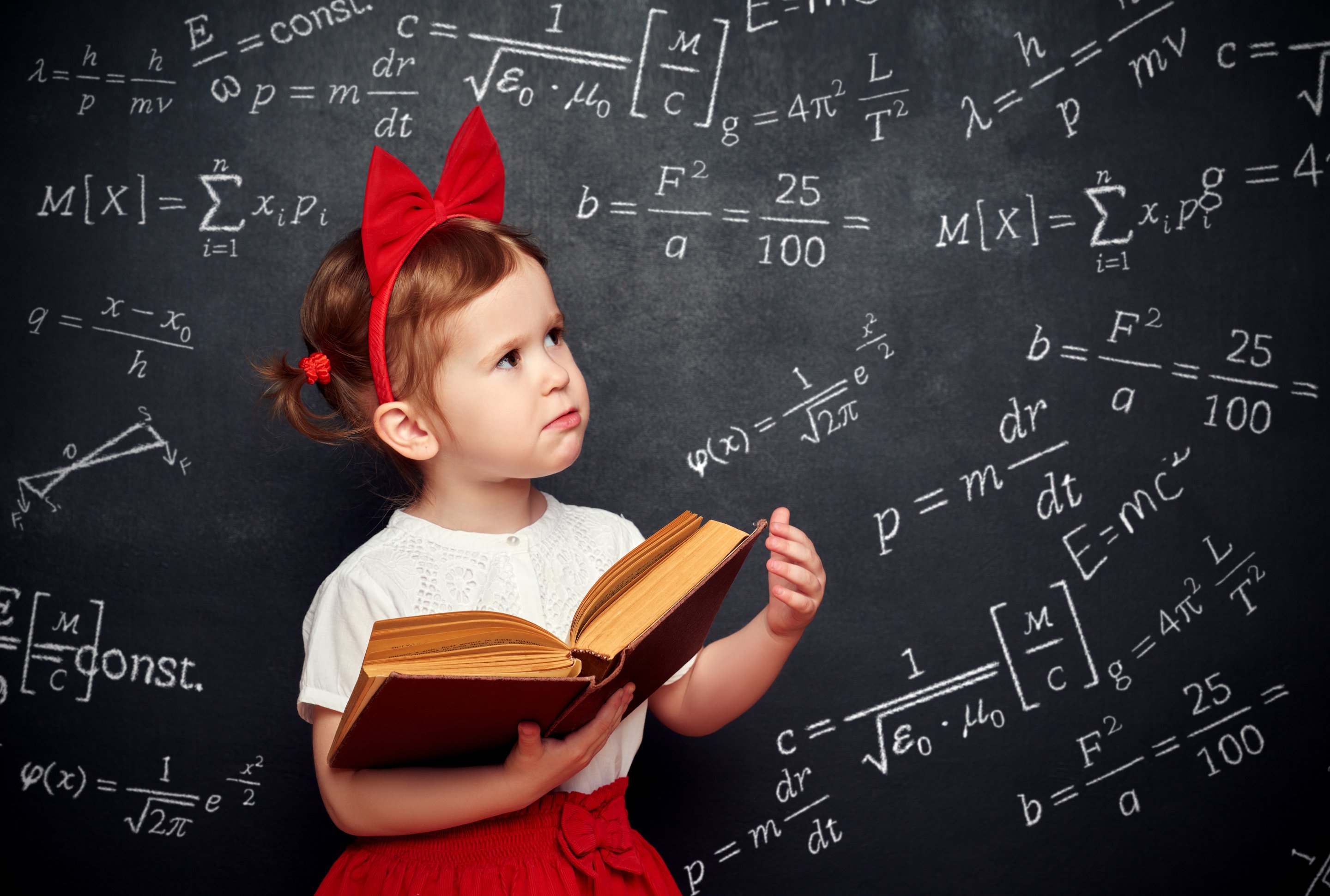Mathematics
Mathematics and Statistics
(2007 NZ Curriculum)
Kei hopu tōu ringa ki te aka tāepa,
engari kia mau ki te aka matua.
Cling to the main vine, not the loose one
Mathematics is the exploration and use of patterns and relationships in quantities, space and time. Statistics is the exploration and use of patterns and relationships in data. These two disciplines are related but have different ways of thinking and solving problems. Both equip students with effective means for investigating, interpreting, explaining and making sense of the world in which they live. Mathematics and statisticians use symbols, graphs, and diagrams to help them find and communicate patterns and relationships, and they create models to represent both real-life and hypothetical situations. These situations are drawn from a wide range of social, cultural, scientific, technological, health, environmental, and economic contexts.
By studying mathematics and statistics, students develop other important thinking skills. They learn to create models and predict outcomes, to conjecture, to justify and verify, and to seek patterns and generalisations. They learn to estimate with reasonableness, calculate with precision, and understand when results are precise and when they must be interpreted with uncertainty. Mathematics and statistics have a broad range of practical applications in everyday life, in other learning areas, and in workplaces.
Subjects in this Department
 Craighead Diocesan School
Craighead Diocesan School